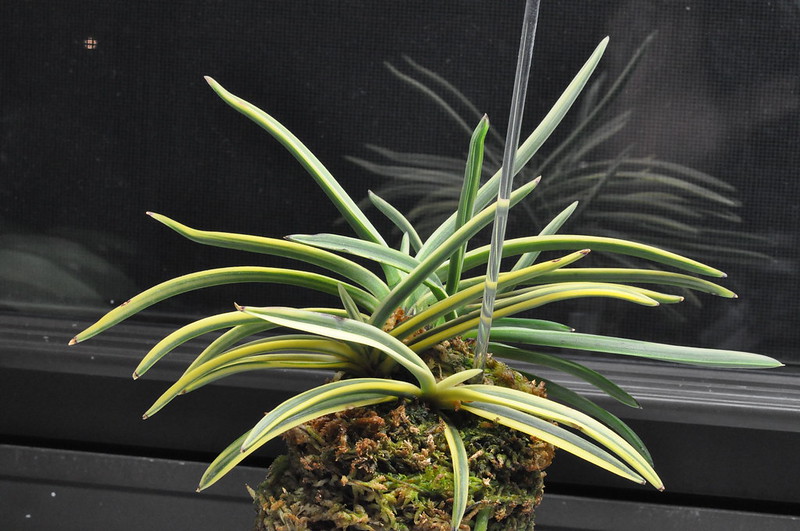Marco
Slipperless member
Last one blooming out of season. A variegated variety with normal white blooms. I find it difficult to get a good focused photo of the blooms and actual plant.
I typically use a manual 55MM macro lense. Maybe I'm using the wrong lense? Suggestions are more than welcome!
Thanks
 nishidemiyako (西出都) 01 - 01.03.15 by Marco, on Flickr
nishidemiyako (西出都) 01 - 01.03.15 by Marco, on Flickr
 nishidemiyako (西出都) 01 - 01.05.15 by Marco, on Flickr
nishidemiyako (西出都) 01 - 01.05.15 by Marco, on Flickr
I typically use a manual 55MM macro lense. Maybe I'm using the wrong lense? Suggestions are more than welcome!
Thanks
 nishidemiyako (西出都) 01 - 01.03.15 by Marco, on Flickr
nishidemiyako (西出都) 01 - 01.03.15 by Marco, on Flickr nishidemiyako (西出都) 01 - 01.05.15 by Marco, on Flickr
nishidemiyako (西出都) 01 - 01.05.15 by Marco, on Flickr
Last edited:










































